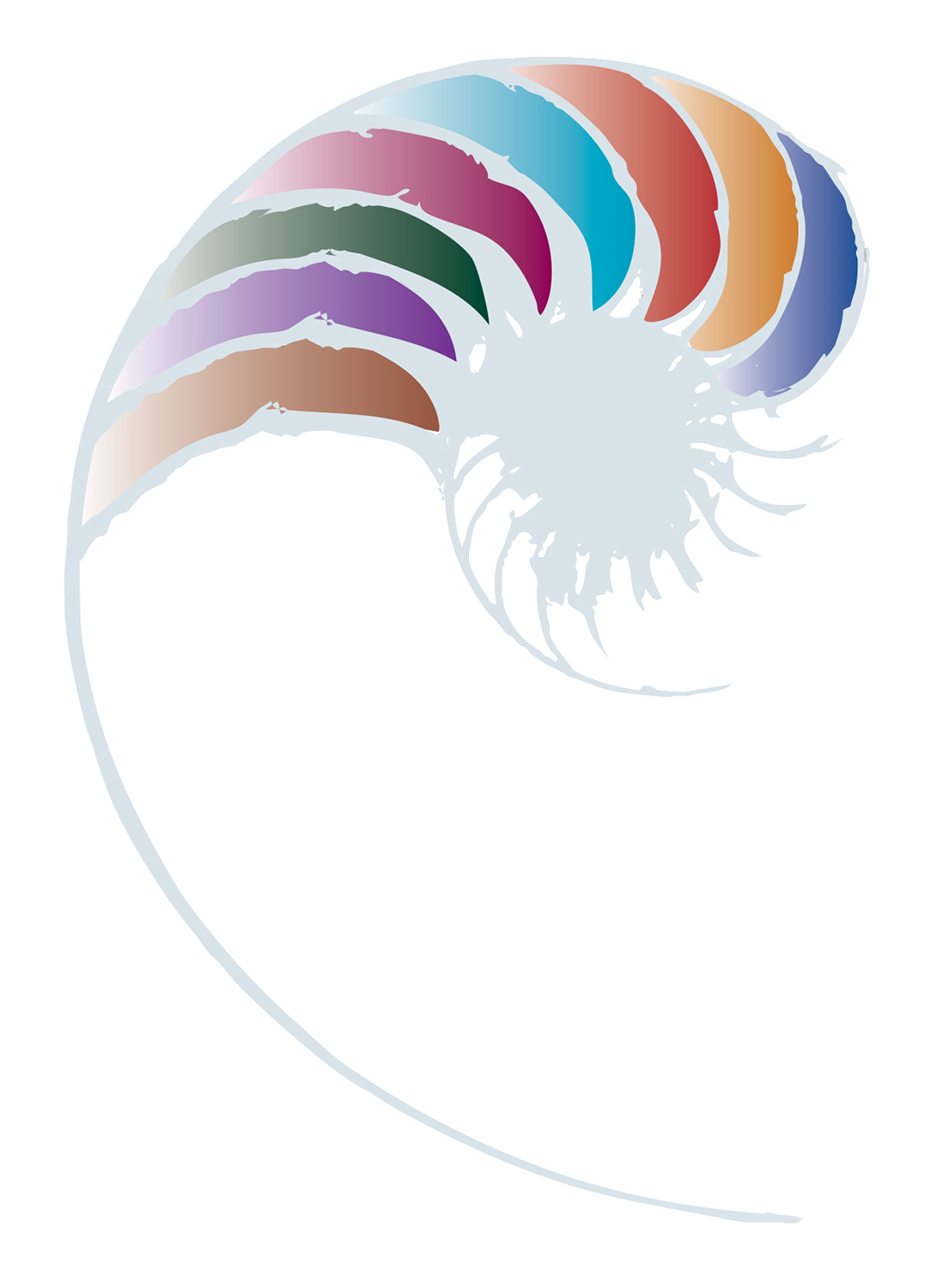Ngā taumata whakahirahira
Strands, goals and learning outcomes
He pai te tirohanga ki ngā mahara mō ngā rā pahemo engari ka puta te māramatanga i runga i te titiro whakamua.
It’s fine to have recollections of the past, but wisdom comes from being able to prepare opportunities for the future.
The five strands of Te Whāriki are:
- Mana atua | Wellbeing
- Mana whenua | Belonging
- Mana tangata | Contribution
- Mana reo | Communication
- Mana aotūroa | Exploration
The strands are areas of learning and development that focus on supporting children to develop the capabilities they need as confident and competent learners.
The goals in each strand are for early learning kaiako. They describe the characteristics of early childhood education environments and teaching practices that are conducive to learning and development.
The learning outcomes in each strand are broad statements of valued learning that encompass valued knowledge, skills, attitudes and dispositions that children develop over time. Together with the principles of Te Whāriki, the strands, goals and learning outcomes provide the framework for effective local curriculum.
The resources in this section highlight how you can use the strands, goals and learning outcomes in curriculum design, implementation and evaluation. Resources to support curriculum design are also organised by the five strands of Te Whāriki.
Click on the link below to read the overview the strands, goals, and learning outcomes from Te Whāriki:



